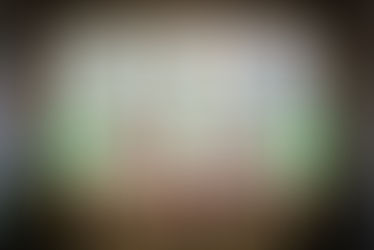Being brave with colour...
- ashleynuttall5
- Aug 15, 2019
- 3 min read
We have all been there - surrounded by samples of the latest designer paint, all with baffling names and hefty price tags to match. Getting it wrong could be an expensive mistake but after creating a chequer board effect on your once pristine wall you just need to make a decision, so you plump with the boring neutral you have had for the past ten years! Sounds familiar then read on....

One of the biggest misconceptions amongst our clients, and often the most frustrating in convincing them of, is that adding colour does not mean you will get a dark gloomy interior. If we had a penny for every time a client said "if I paint it light the room will feel brighter or bigger", yet in the same breath "I want it to look cosy and welcoming like your house!", we would be rich and retired!
Here are our top five tips for how to use colour to best effect:
1. The darkest north facing rooms in your house will not look lighter by painting magnolia. Embrace their darkness and make cosy by painting a dark colour. The room will look inviting and cosy, not smaller and darker.
2. When you are making a decision on which shade of a colour to paint on a wall, don't just paint hundreds of tiny dots next to each other on one wall, next to the nasty shade of yellow you are trying to cover up. When you are reading colour you will, without trying, take reference to the colour it is against so if you paint a more green neutral against an existing wall and it is next to a more grey neutral, then the green will look far greener than it really is and the grey far greyer. Instead paint big squares of paper in your chosen colours and hold up independently and on different walls within the room.
3. Once you make a decision - do not ask all your friends who come for coffee, the builder, the plumber or the postman. Stick with your decision and go with it. Everyone has different tastes and opinion and if you listen to everyone you will never make a final decision.
4. If you are painting dark colours, particularly in an area of heavy use (I'm thinking my teenage son's room here and zoom in below as an example!) then really consider using the harder wearing version of the paint. For example, Farrow and Ball's estate emulsion is wonderful and chalky, but in a dark colour in a heavy traffic area it will get scratched and need repainting far, far more regularly than if you considered using modern emulsion. Modern emulsion is also best suited for bathrooms and kitchens or say boot rooms with dogs.
5. The colour you choose for your woodwork colour can totally change how you perceive the wall colour. So for example take Farrow and Ball's Shaded White (one of our most favourite neutrals). If you use on the wall and want it to appear to be the colour, then paint the woodwork a much stronger white, for example Wimborne White. If you use the same Shaded White on the woodwork with say Farrow and Ball Pigeon or Light Grey then Shaded White becomes the neutral in comparison. Likewise if you use a very "white" neutral against a dark colour it will be a much crisper and contrasting look than using a darker neutral. I am sure we could do a whole other post on our favourite colour combinations....







Comments